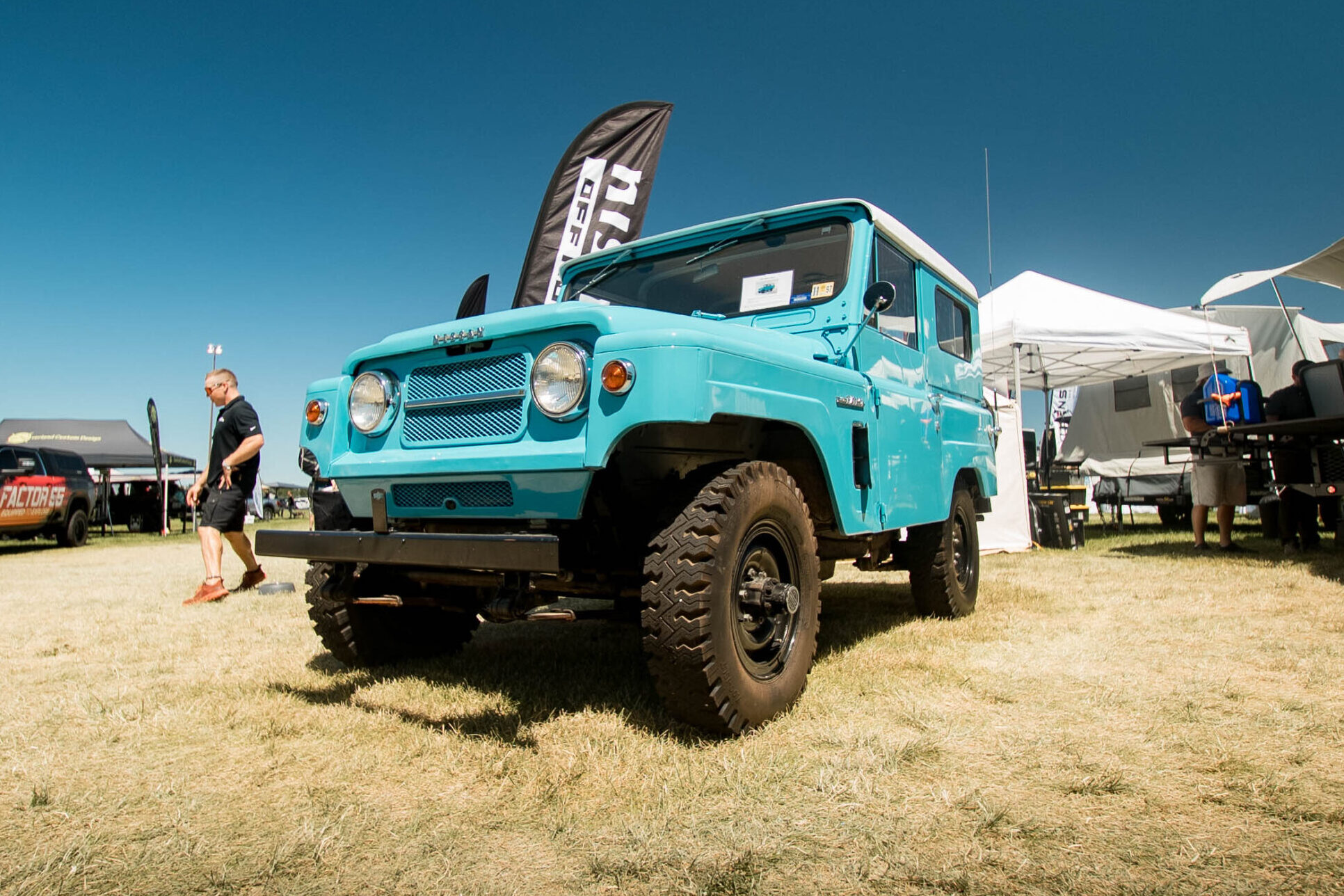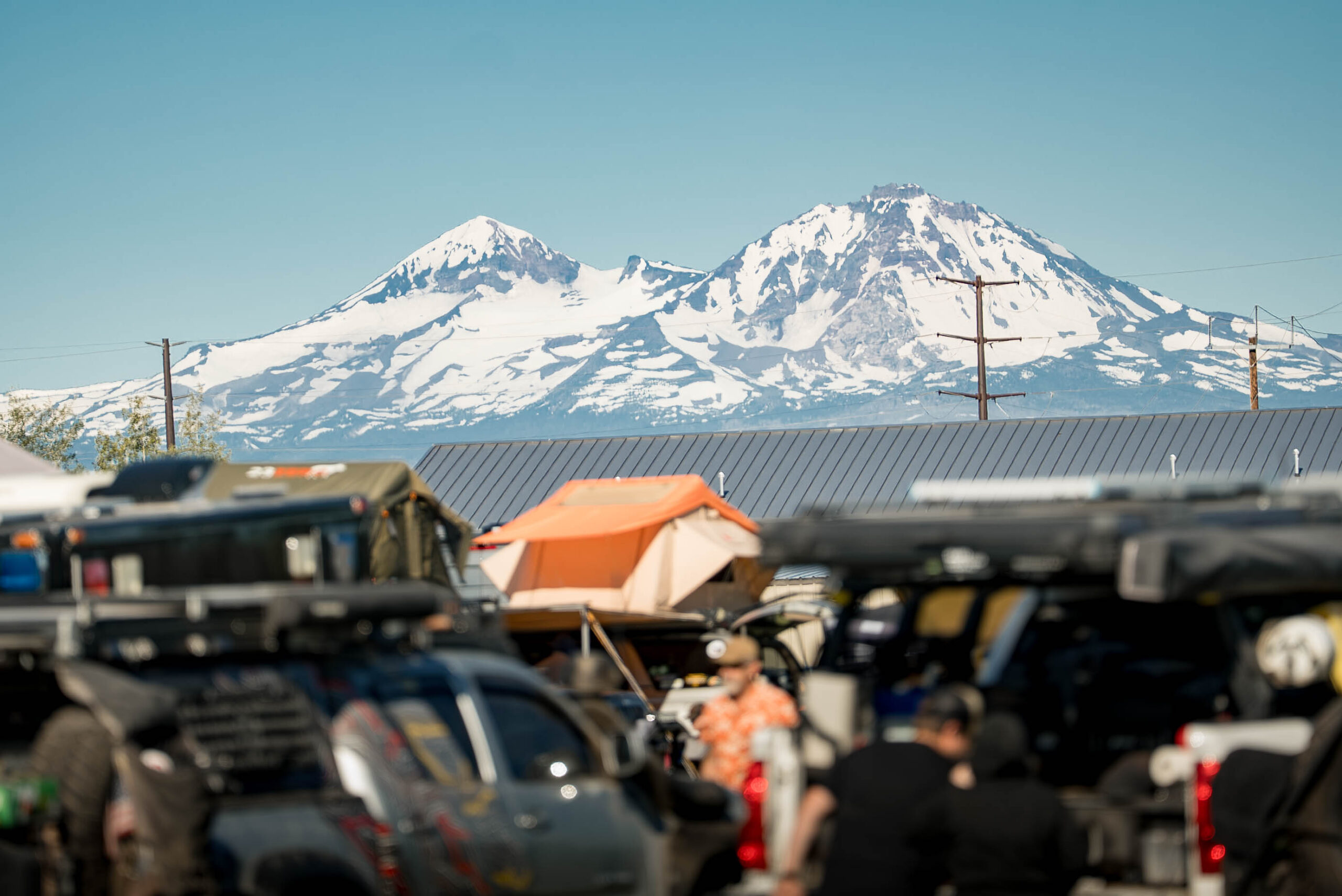For this How-to, Bill Roberson took Overland Expo’s Ultimate Overland Motorcycle 2022, Yamaha’s Ténéré 700, through a portion of Colorado’s Alpine Loop. The Ténéré 700 will be a part of other storytelling throughout the year. Follow the Ténéré 700’s adventures on its official landing page.
My first big off-pavement ride on my new-to-me adventure bike was a baptism by fire. Invited by my buddy, Dave, an experienced off-road rider, to explore eastern Oregon’s uninhabited regions via tiny, barely-there dirt roads, I was faced with riding on loose gravel and through deep ruts littered with sand, silt and buried rocks — all while battling to see through choking dust.
Sure, I’d been riding street bikes for decades, but I quickly discovered that didn’t give me an advantage in the loose stuff. An hour into the ride I was physically exhausted — and we had many more hours of riding ahead, with no escape route to a smooth highway anywhere close by. My friend and capable tour guide, Dave, was in better physical shape than I was, and he had been riding the narrow jeep trails and cow paths on a regular basis for decades. But it was all new to me — and absolutely overwhelming.

Photo by Bill Roberson
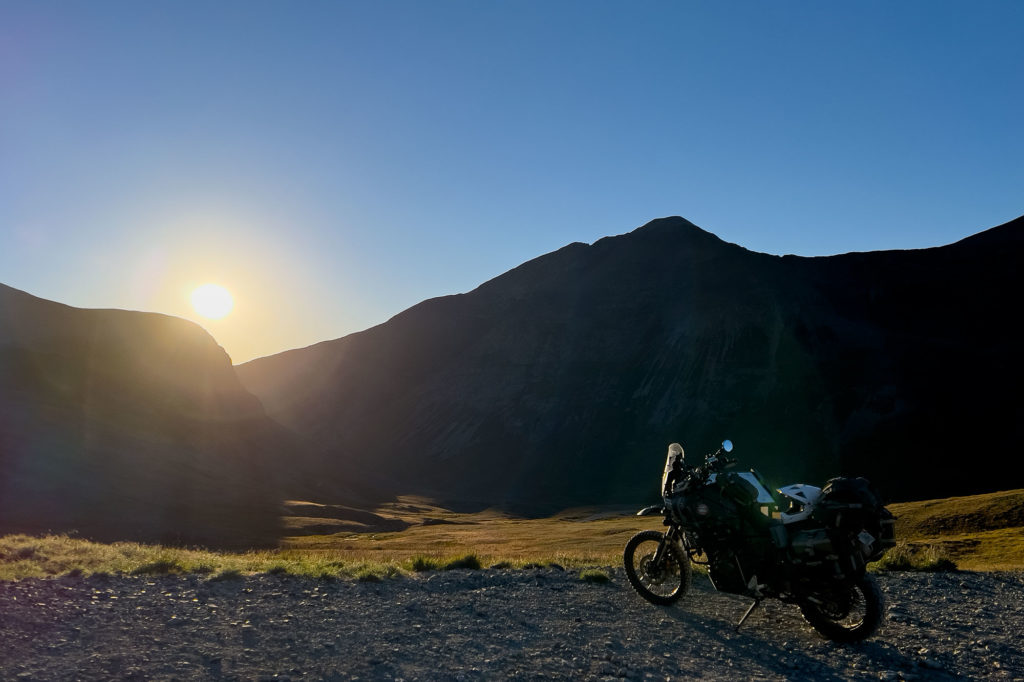
Photo by Bill Roberson
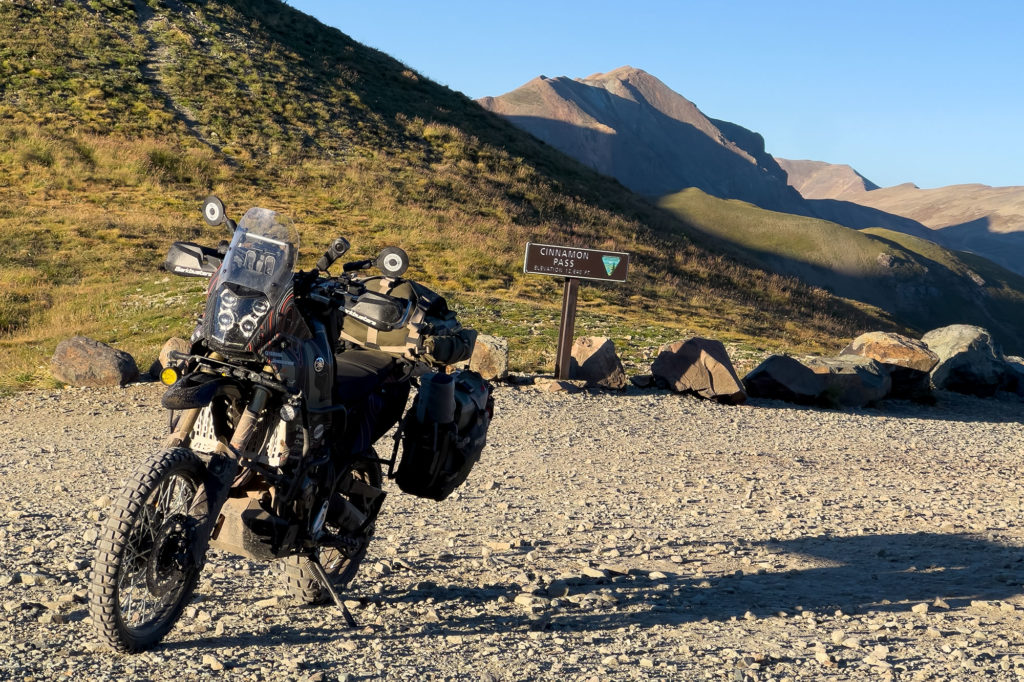
Photo by Bill Roberson
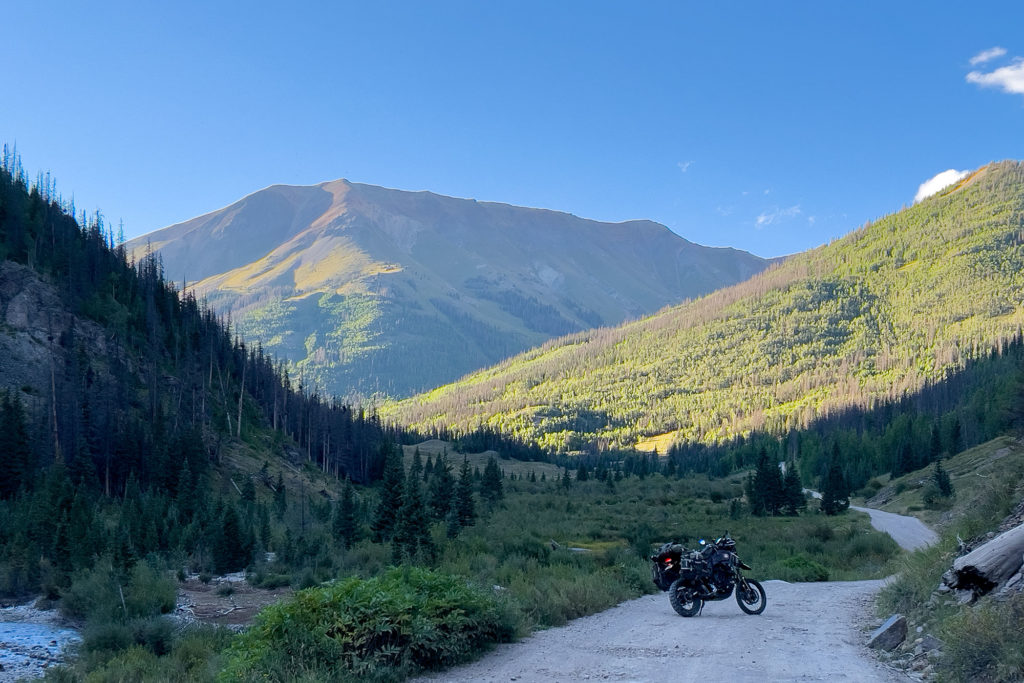
Photo by Bill Roberson

Photo by Bill Roberson

Photo by Bill Roberson

Photo by Bill Roberson

Photo by Bill Roberson
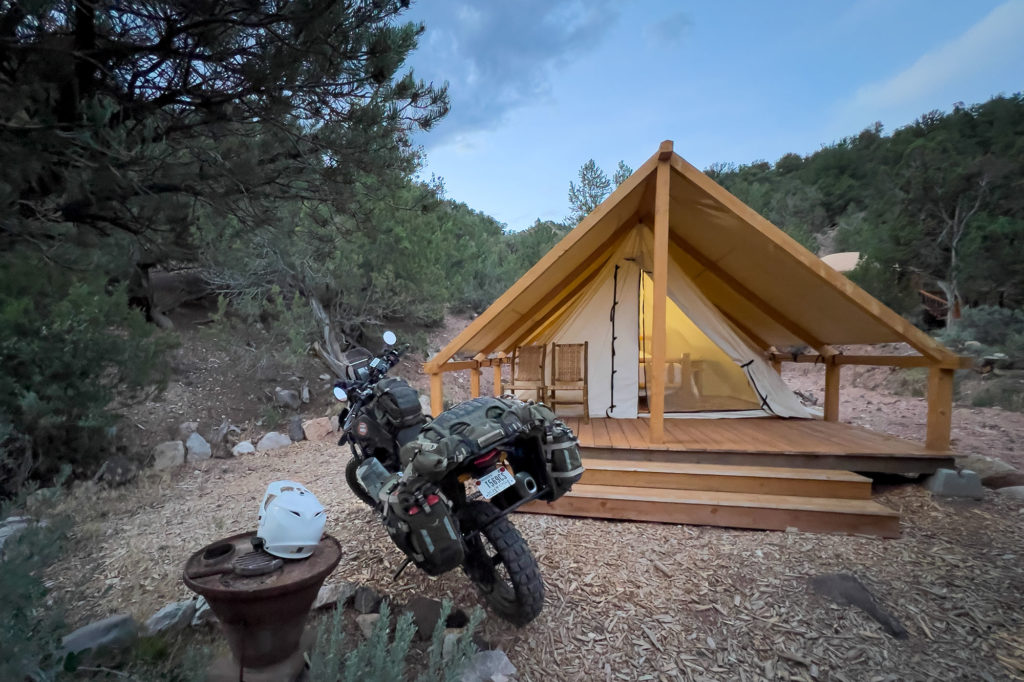
Photo by Bill Roberson
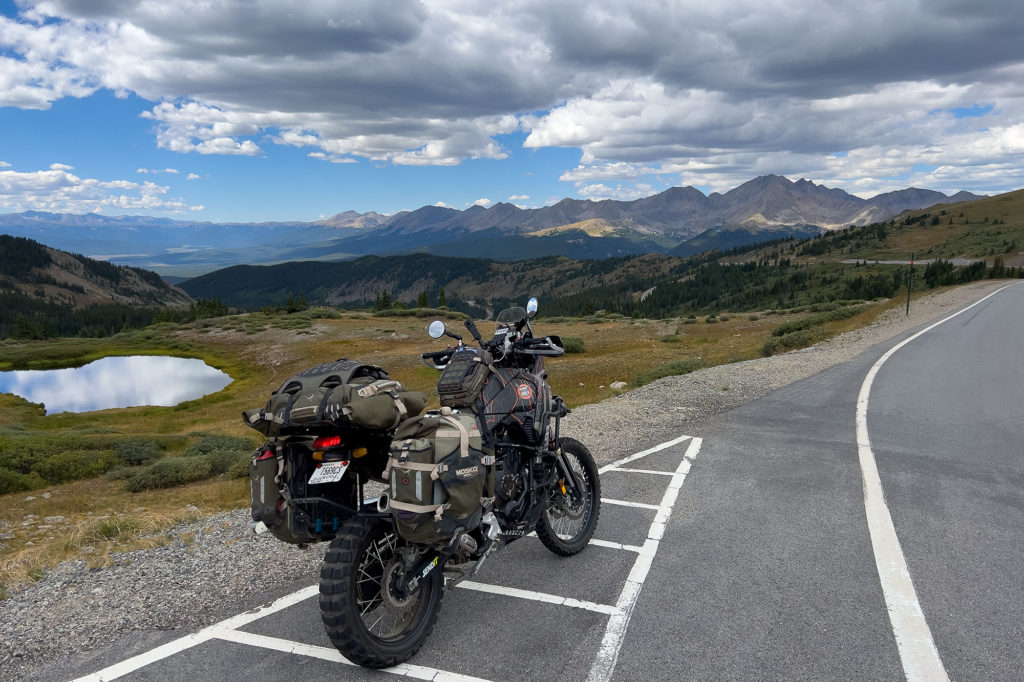
Photo by Bill Roberson

Photo by Bill Roberson

Photo by Bill Roberson
How I survived that first ride and stayed upright on my new (used) bike, which was similarly unprepared for the challenges, I’ll never quite figure out, but as is often said, experience is a great teacher. Lucky for me, so is Dave and the small squad of guys I ride with. They gave me some tips to try and bring me up to speed. Today, I’m still the slowest of the bunch, but on balance I can hold my own off-road and I look forward to pointing a capable motorcycle off the pavement and towards parts unknown, secure in my basic skills – but always ready to learn more.
Recently, I put those skills to the test as I piloted Overland Expo’s Ultimate Overland Motorcycle 2022, a 2022 Yamaha Ténéré 700.
Overland Expo slathered the popular T7 top to bottom in goodies including taller Tractive Suspension forks and shock, Mosko Moto racks and bags, LED aux lights from Ruby and much, much more. But even a bike made over with top-shelf gear is useless without the skills to keep it upright and moving when the pavement ends. Here are some things I’ve learned to do (often the hard way) over the years when the off-road fun begins.
Street Riding Skills Do Not Work in the Dirt
As noted, much of what street riding relies on for safety and control, including counter-steering, heavy front brake use and leaning, can spell disaster in the dirt. Grab a handful of front brakes setting up a corner in the dirt? Down you go. Follow the race line through that gravel-filled corner? Helmet meets dirt. Lean in through that forest road sweeper? You’re gonna be in the forest. Riding safely in the dirt and other low-traction environments on a bike like the Ténéré 700 — or any off-road motorcycle — is all about balance, fine braking control and speed control.
Watching pro riders go incredibly fast on TV in the sand and the dirt makes it look easy. But that’s why they’re pro’s: They’ve built that speed on a base set of dirt riding skills almost completely removed from street riding. While you don’t need to unlearn your street riding skills, but you do need to be open minded about not using them while off-roading and adding some dirt riding techniques to your repertoire if need be.

Photo by Bill Roberson

Photo by Bill Roberson

Photo by Bill Roberson

Photo by Bill Roberson

Photo by Bill Roberson

Photo by Bill Roberson

Photo by Bill Roberson

Photo by Bill Roberson

Photo by Bill Roberson

Photo by Bill Roberson

Photo by Bill Roberson
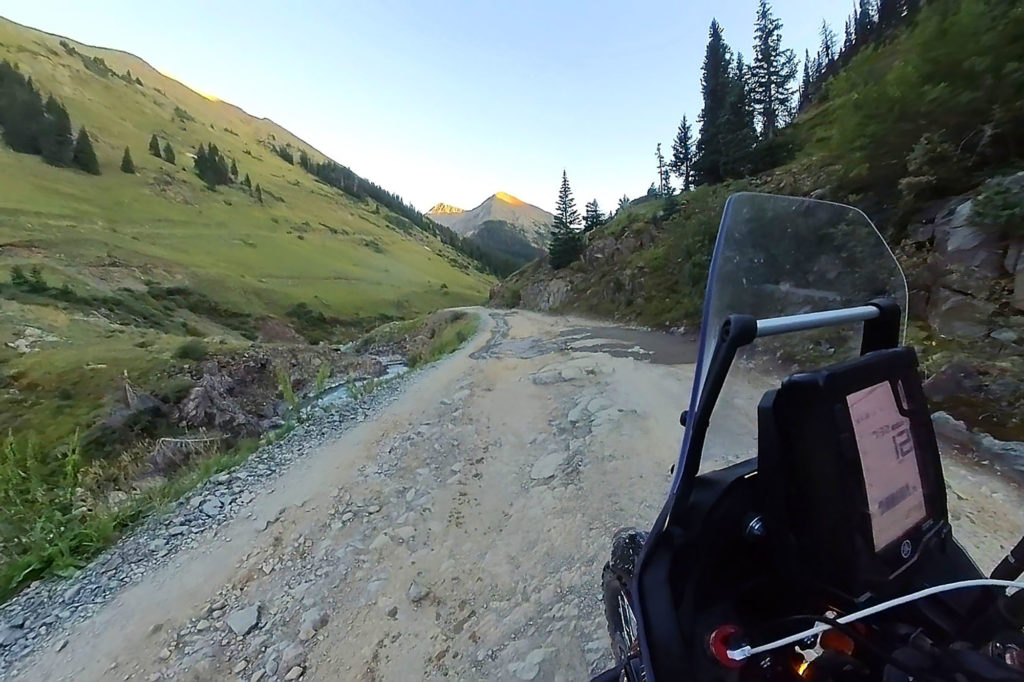
Photo by Bill Roberson

Photo by Bill Roberson

Photo by Bill Roberson

Photo by Bill Roberson

Photo by Bill Roberson

Photo by Bill Roberson

Photo by Bill Roberson

Photo by Bill Roberson
That blend of skills came in very handy as I encountered many rough stretches while piloting the Ténéré 700 through the Colorado Rockies for a week, especially on challenging roads like Cinnamon Pass. I rode on the highway to get near the pass, and once I turned off, the road turned to graded gravel.
As it climbed to a peak of 12,640 feet, the road quickly narrowed, became very steep as well as rutted, rocky and had spots of deep ponded water — all challenges for me and the T7. But some basic dirt riding skills and a highly capable bike got me to the summit and back down again, just so I could wake up nearly freezing to death while camping at 10,000 feet. See Tip No. 4.
Bonus: Dirt riding skills better apply to street riding than visa-versa, especially in low-traction situations (rain, gravel, slick pavement).
Balance: More Complicated than You Think
Street bikes have the advantage of having a lot of grip, so riders can input a lot of control forces through the bars. “Balancing” the bike seems almost secondary — the rotational forces of the wheels turning combined with the bicycle skills you learned as a kid generally keep the bike upright.
But dirt bikes, and adventure bikes like the Ténéré 700, demand a different approach off-road since the level of traction is so low (even with aggressive knobby tires). Trust me: Lean off your big dual-sport on a dirt road turn like a MotoGP racer and you’ll get cozy with the ground in an instant.
READ MORE: Tales from the Trail: Arizona’s Mogollon Rim
Instead, slow down, stay centered on the bike, and stand on the pegs — this isn’t for showing off, it increases your ability to balance. Keep your legs straight (but not locked) and bend forward at the waist until you are essentially over the headlight. Keep your hands very light on the bars and use pressure on the footpegs to gently initiate turns, shifting your weight slightly to the right peg for a right turn, etc.
Let the handlebars turn in your hands while you hold on lightly while maintaining throttle control. Don’t turn the bars with your hands if possible (advanced level: use only your throttle hand to hold the bars). It sounds weird but it works, and it’s a good idea to practice this skill on your bike before heading into the dirt.
As you get more familiar with the technique, you can slowly increase how much you’re turning — to a point. Don’t worry, the bike will tell you what that point is by beginning to slide. To start with, just practice the technique at speeds above 8 miles per hour, and go faster very gradually. Do this enough and it will become muscle memory. That’s the goal.
Braking: Toe the Line
Braking in the dirt (and “dirt” in this article basically means any non-paved surface) is another new skill to learn. If you’ve taught yourself to brake before you turn while street riding, then you’ve got a head start on this portion — but don’t skip ahead.
Old-tech bikes (like mine) relied on a rider’s practiced control to brake effectively; most new bikes like the Ténéré 700 now come with anti-lock braking systems (ABS) that will work off-road. However, many ADV riders will deactivate it if they can because so far, the computerized brakes don’t “know” what surface you’re on and can brake too little.
Most ADV riders will deactivate the rear wheel ABS (and bike makers do allow for this) while setting the front wheel ABS to minimal effectiveness. Why not off? In general, DOT and Euro regulations do not allow for complete deactivation of front wheel ABS. And the reason experienced riders kill ABS (and often traction controls) for the rear wheel is that they will often help “turn” the bike by skidding or sliding the rear tire in some circumstances. This is known as “steering with the rear tire.”

Photo by Bill Roberson

Photo by Bill Roberson

Photo by Bill Roberson
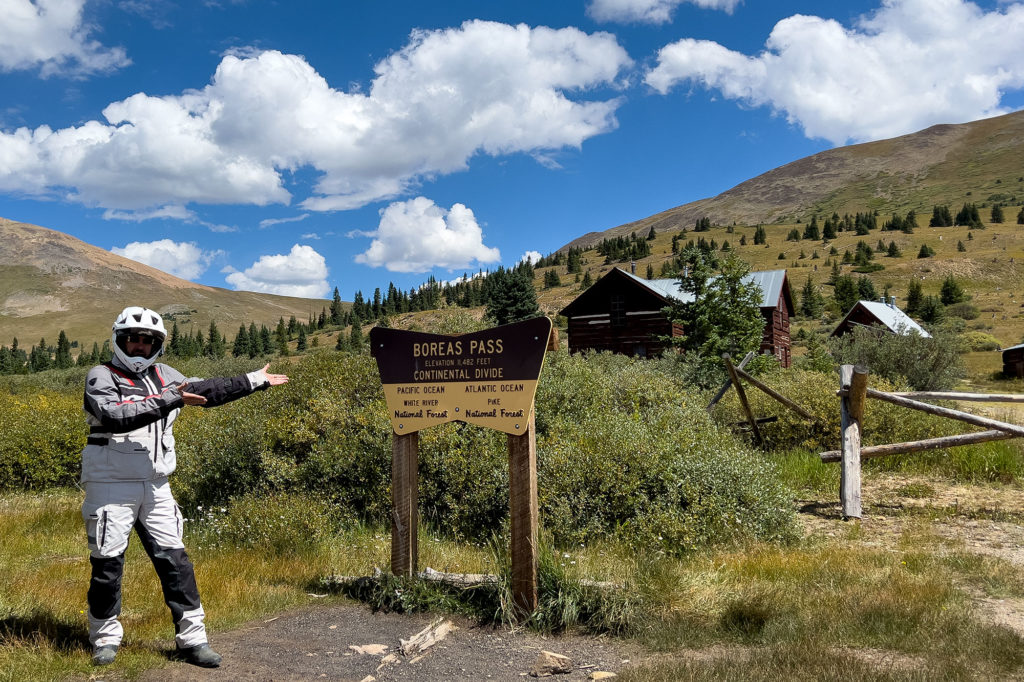
Photo by Bill Roberson

Photo by Bill Roberson

Photo by Bill Roberson

Photo by Bill Roberson

Photo by Bill Roberson

Photo by Bill Roberson

Photo by Bill Roberson
Heading up the less-narrow road to 11,482-foot Boreas Pass on the T7, the key thing I had to remember when braking in the dirt is to do all of it — or as much as I could — in a straight line before making a turn or avoiding an obstacle, that way the T7’s Bridgestone’s Battlax Adventurecross AX41 tires could use their whole traction budget in the turn itself.
There’s more to it of course, but those are the basics of braking in the dirt, and combined with balance, a light touch on the bars and weighting the pegs to initiate turns, you should be able to make your way safely down a dirt road. It certainly made Boreas Pass much more fun to ride.
Speed: Go Slow to Go Fast
At a recent off-road rally, I was the slowest rider in my group of very experienced off-road riders, some of them ex-racers. When I tried to catch up, I overcooked corners, bungled technical sections and laid down the bike. Twice.
Fortunately, neither the bike nor I were hurt. That is, except for my pride. Frustrated, I let them race ahead and focused on minding my balance, braking and body position — all at a much slower pace. Surprise: I actually made better time than when trying to “go fast” because I didn’t have to reduce speed to correct mistakes (or pick up my motorcycle). And slowly but surely, I got a bit faster as I got better at those basics.
When I talked to ride instructor Jimmy Lewis at the event, he confirmed my suspicions: In the dirt, slowing down and executing basic techniques results in better average speed, even though you may feel you are going slow. As you implement and polish those basic skills, your speed ticks up. “Going fast” may seem to be what motorcycles are all about, but in off-road riding, it’s a foolish goal, even when racing. It’s really all about bike and body control to stay upright.
Ride Prepared
Before any ride, make sure you, your bike and gear are ready for action. Check the oil, the tire pressure, suspension settings (if adjustable) for the load you’re carrying, and make a list of the things you’ll need to bring. Besides your protective gear, that may be your phone, wallet and a hydration pack for a quick dirt ride with friends, or a 100-item list for a journey across international borders.
For my Rockies adventure, the Ténéré 700 was outfitted with spacious Mosko Moto bags, crash bars, GPS, satellite communications, even spare gasoline canisters. It was good to go right from the start. I got cold a couple of times while camping but otherwise was well prepared.
It may seem tangential to riding skills, you will ride more comfortably having peace of mind knowing that you have what you need and know where you’re going. This level of preparation will allow you to focus on riding and not on mental checklists. Running through checklists in your mind while you ride can take away from being in the moment. That’s a problem because even a tiny distraction can create a lapse in attention, which could send you down an embankment or into a vehicle ahead of you. In a car, that’s a minor crash. On a motorcycle, it can be fatal.
So gear up, ride smart, and have fun.
